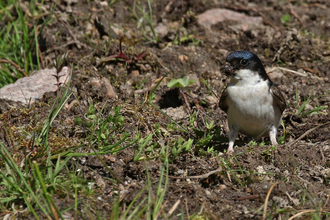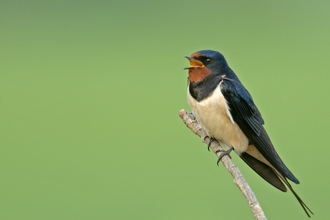'Swift Drift' has been created for The Worcester Plinth by artist Juliet Mootz in collaboration with the Trust. The artwork is funded by the UK Shared Prosperity Fund through Worcester City Council.
Juliet Mootz, explained "Swifts travel 14,000 miles to spend their summers with us but their numbers are plummeting. However, we can all help them; residents in Worcester, for example, have been putting up swift boxes to give them space to breed and are planting flowers to support the insects that they need to eat.



